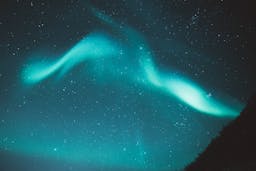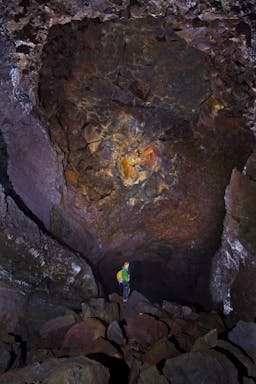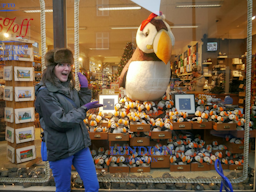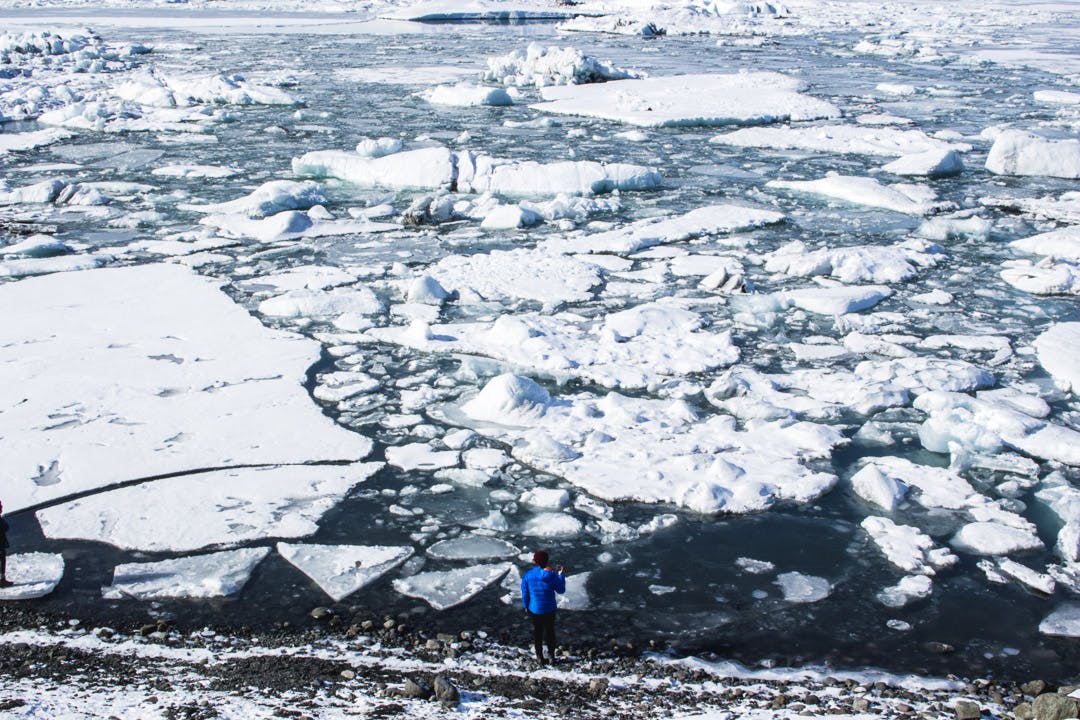
A Guide to Travelling Iceland in Winter
Many will be surprised to discover that Iceland during the winter isn’t all that bad. Read on to prepare yourself for the perfect trip in this winter wonderland.
Iceland – A Winter Paradise
Despite the country’s name being ‘Iceland’, winters here actually aren’t that cold – thanks to warm currents being brought via the Gulf Stream and Iceland’s position over a hot spot in the Earth’s mantle, the average temperature hovers around 32°F (0°C). Despite that, there will likely be snow, dusting the beautiful landscapes in white and making them look completely different to the lush summer, and a lot of storms will rumble in with a few clear days sprinkled throughout the season.
The days are short, with darkness descending quickly, but when there is light it’s a gorgeous soft glow, the sunrise and sunsets blazing orange, purple and pink. Don’t be discouraged by the long hours of darkness; the dancing northern lights make their spectacular return to visibility during the winter months, one of the most spectacular natural sights in the world.
Reykjavik during the winter time transforms into a Christmas wonderland. Lights are strung up throughout the city, on houses and downtown, giving the entire city a very festive feel. Icelanders take Christmas time very seriously, and there will be many people out and about during the evenings, enjoying the festivities in downtown Reykjavik, snacking on roasted nuts and drinking hot chocolates.
New Year’s Eve in the city is one of the greatest celebrations in all of Europe as well; at midnight, everyone will set off fireworks at the same time, lighting up the night sky with every colour imaginable to ring in the new year. Before and after the big night, people will be setting off their fireworks randomly – during the days, there will always be loud bangs carrying over the city to remind you of what is to come/what has been.
Convinced yet? Of course. So, let’s get into the details of travelling Iceland during the winter time.
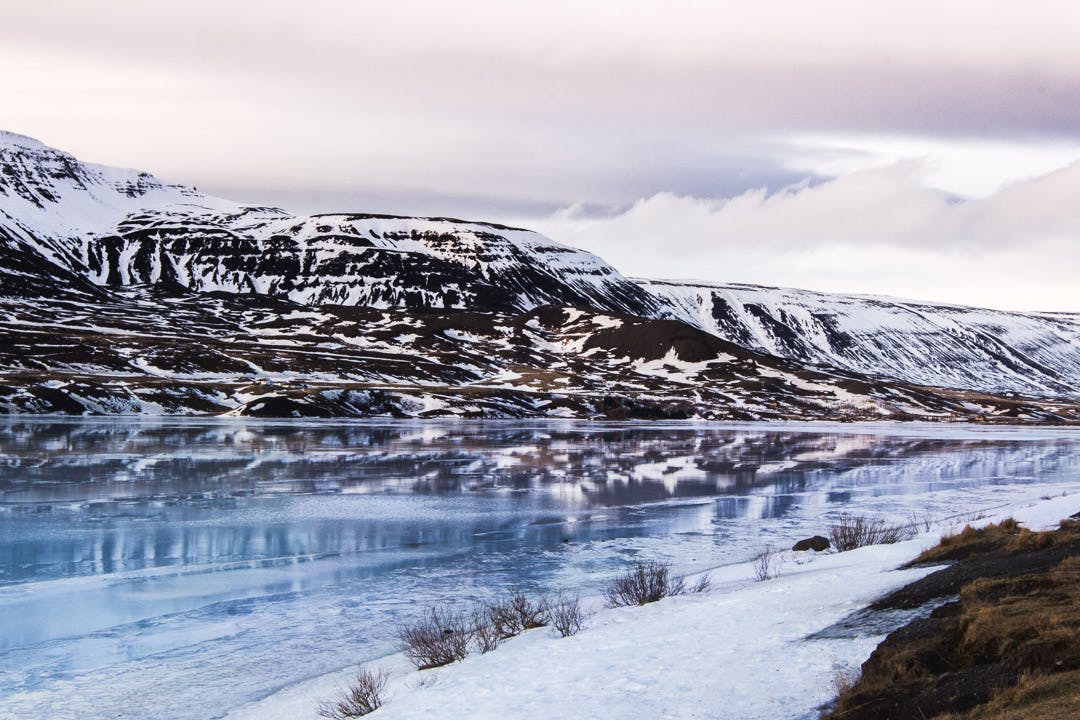 Photo by James Taylor/Wonderguide
Photo by James Taylor/Wonderguide
Where Will You be Able to Travel?
First things first, you might be wondering where you can travel during the winter time. In general, the ring road around the country will be open unless there is some very fierce weather, which does unfortunately happen often. Wild winds become dangerous to drive in, and blizzards often close the main route, so you will have to keep abreast of the weather at en.vedur.is. Because of the unpredictable nature of the storms during winter, it always pays to have a backup plan in case you need to head the other direction.
Roads that stray from route 1, such as up north to Dettifoss, or the mountain passes towards the Westfjords, will more than likely be closed and not regularly checked or cleared of snow. Travelling in these areas during the winter is not advised without a guide. Always leave your travel plans at safetravel.is as well.
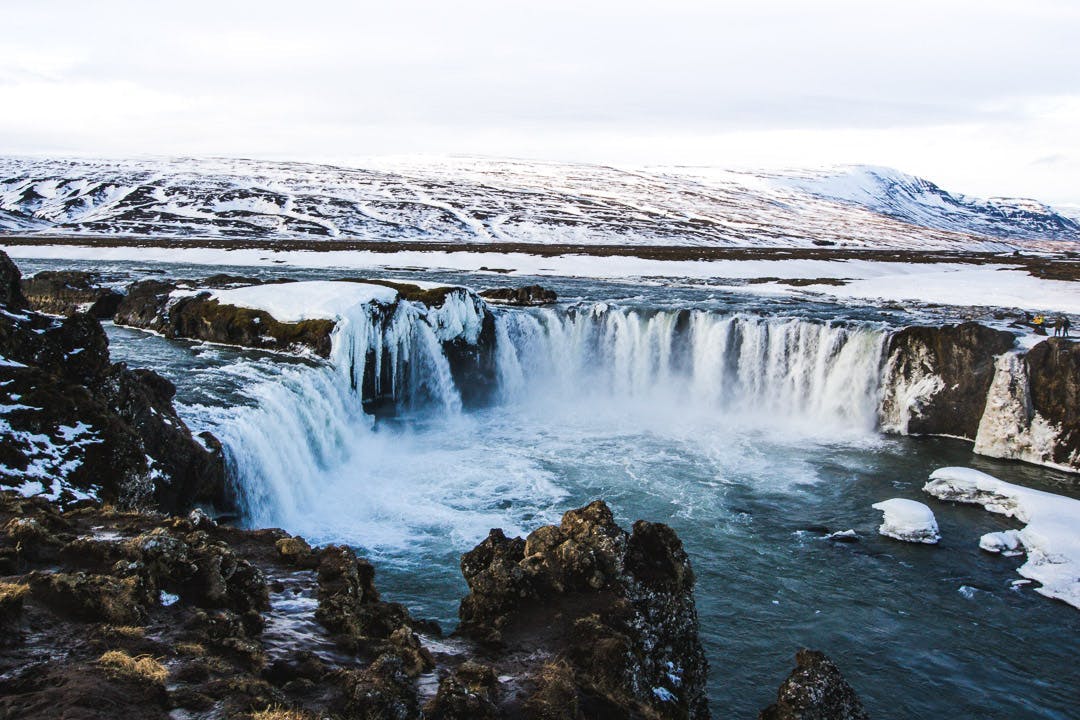 Photo by James Taylor/Wonderguide
Photo by James Taylor/Wonderguide
How Dark Does it Get?
The answer: very dark. The winter solstice in Iceland falls somewhere around 21st of December every year, when the sun will only gently glance over the horizon for four hours before falling back down again. Before and after this time, you will notice the daylight hours rapidly declining or increasing.
Despite that, you can still get a lot of exploring done in the brief daylight hours, and there’s more time for northern light hunting for when it does get dark.
Read: The Best Season to Travel to Iceland
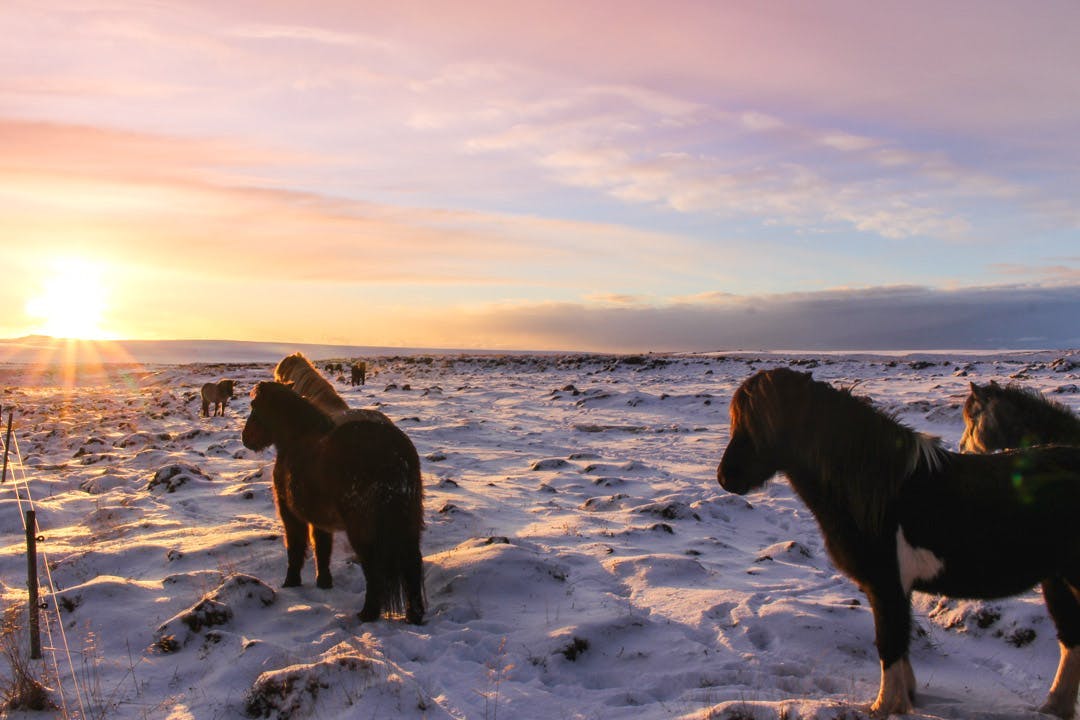 Photo by James Taylor/Wonderguide
Photo by James Taylor/Wonderguide
How Much Does it Snow?
It does snow in the winter, but the weather can change so quickly that it’s never guaranteed to stick. Often the rain will follow snow, turning everything to slush before washing it away completely. There can be some clear and sunny days in the winter, casting a soft glow over the winter landscapes, and then a blizzard the next day piling everything under snow again. It’s best to just expect a little bit of everything.
More recently, Iceland has had some relatively light winters when it comes to snow, until later in the season when there have been some heavy snowfalls. It’s all but impossible to predict.
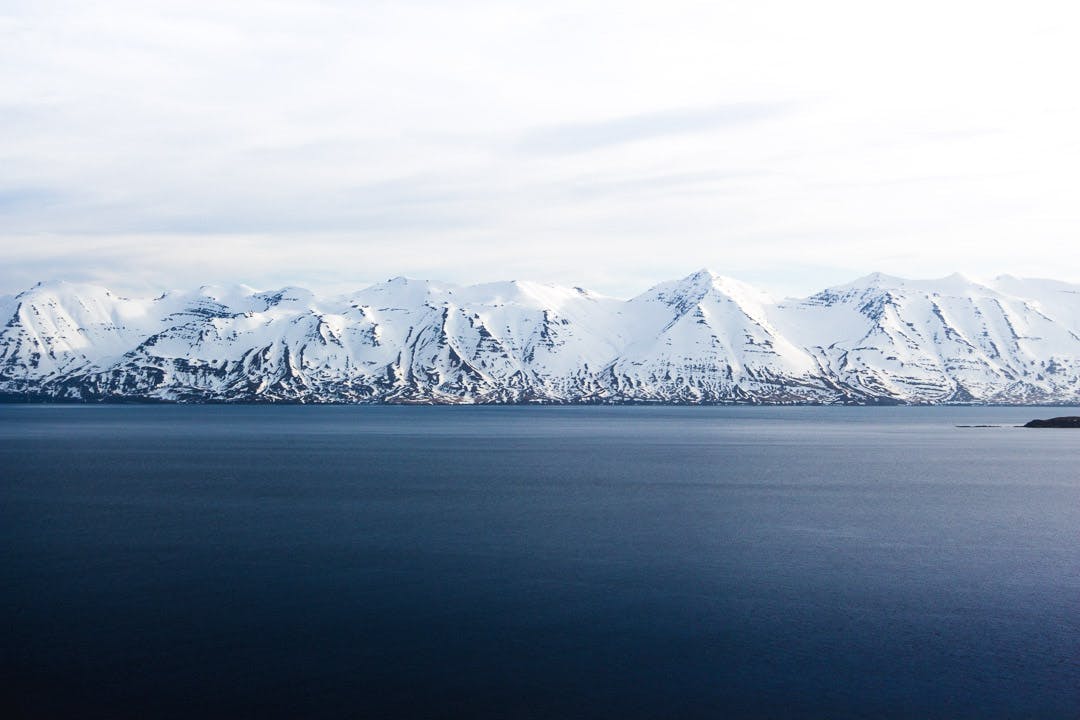 Photo by James Taylor/Wonderguide
Photo by James Taylor/Wonderguide
Which Roads are Open?
The main roads are open unless otherwise stated, so in general you will be able to see all the main sights around the ring road. You can and should check the conditions of the roads at www.road.is. It is likely to be icy in places, but all rental cars and campers are required to have their winter tires equipped from October onwards. This means that they come with studs in them for extra grip in the icy conditions, but you should still take the utmost care, pay attention to the conditions, and in general just drive slowly and carefully.
Other than the ring road, there are many dirt roads or back tracks in the country that won’t be regularly checked. These will be closed for a lot of the season, often due to snow coverage.
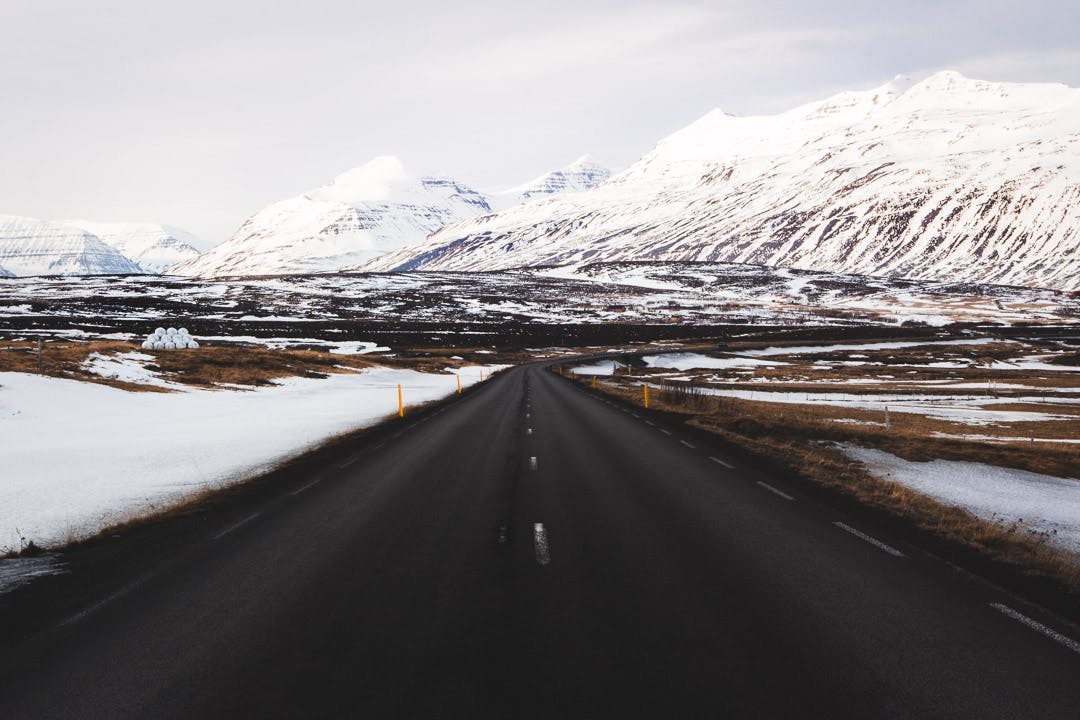 Photo by James Taylor/Wonderguide
Photo by James Taylor/Wonderguide
Can I Visit the Highlands?
The F-roads leading up into the highlands close during September, so any plans you had for driving yourself to Landmannalaugar or Thórsmörk can be thrown out now. The highlands are an unforgiving place at the best of times, and during the winter it can be extreme. This is where the weather changes at the drop of the hat, getting downright dangerous at times.
You can still experience some of the glaciers on the fringes of the interior, especially Mýrdalsjökull and Vatnajökull. Glacier hiking, snowmobiling, or going sledding, are all popular activities to undertake during the winter, and will give you a small glimpse into the highlands.
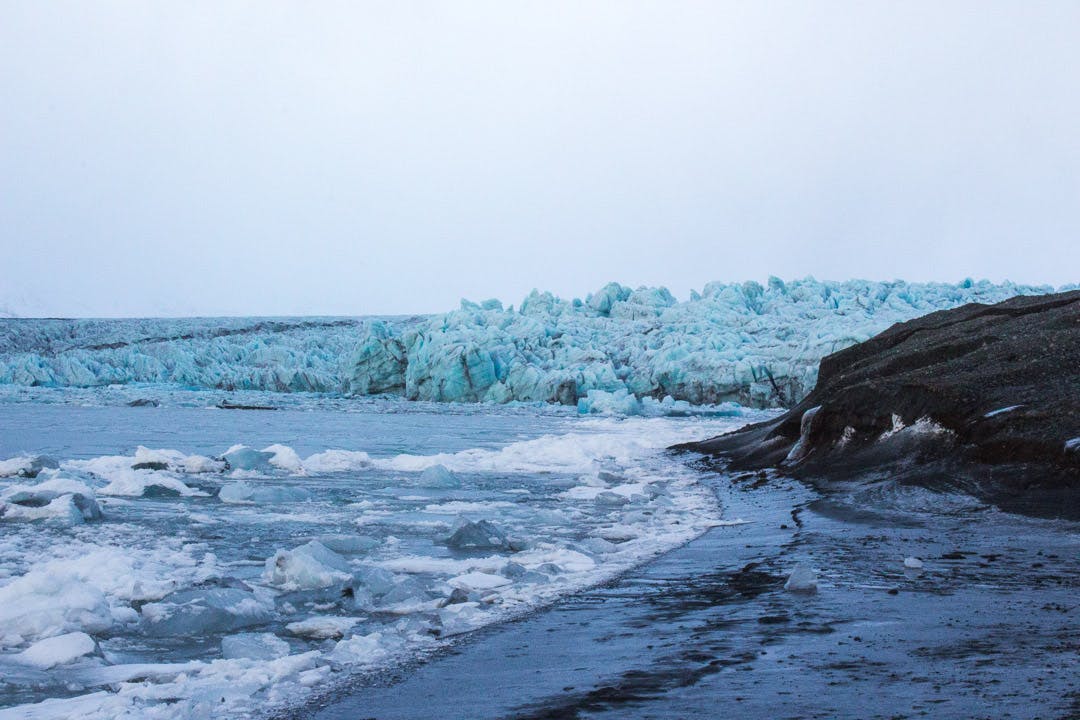 Photo by James Taylor/Wonderguide
Photo by James Taylor/Wonderguide
What Other Activities Are There to do in the Winter?
There’s still plenty to do in Iceland in the winter, and even some terrific things that the summer doesn’t allow. By far the best thing to do is to experience an ice cave tour underneath Vatnajökull glacier. During the winter, the caves are frozen over enough to delve inside them, and experiencing the natural icy formations is something that will never be forgotten.
Skiing and snowboarding are also popular sports in Iceland during the winter, if the weather permits. Bláfjöll mountain just outside of Reykjavik is the closest area to the capital, and up north there are some great ski fields near to Akureyri as well; Hlíðarfjall and further north on the Tröllaskagi Peninsula. If the Westfjords are accessible during your stay, Ísafjörður has some ski lifts heading out the back of town, and Oddsskarð and Stafdalur are good options in the East.
The hot springs of Iceland don’t care whether it’s cold and dark outside, they will still be bubbling away. Experiencing a quiet evening in a natural hot spring as the snow falls around is a magical experience.
Inside of Reykjavík is where the Christmas festivities are kicking off. Icelanders will be out downtown doing their last-minute shopping along Laugavegur, and there is an ice-skating rink in Ingólfstorg to keep the kids entertained. It’s a wonderful but busy time of the year to be in the city, so make sure to book restaurants and any day tours as well ahead of time.
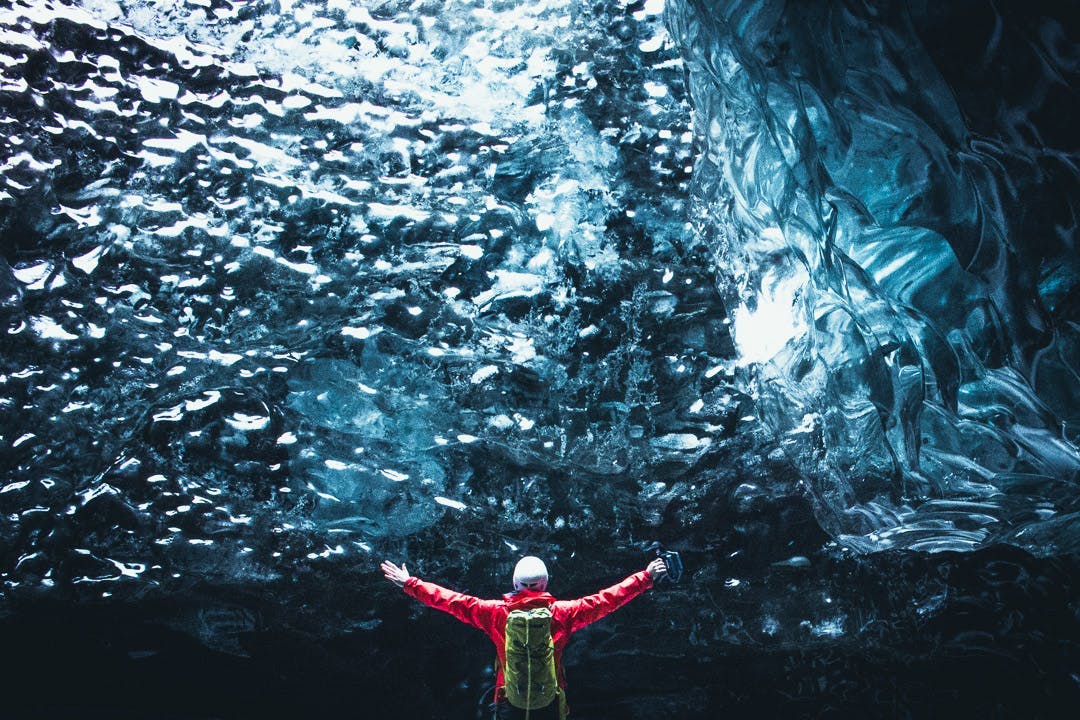 Photo by James Taylor/Wonderguide
Photo by James Taylor/Wonderguide
What Should I Pack?
Layers, layers, layers. This is the most important factor when packing for an Icelandic winter trip, as the biting wind will chill you to the bone if you don’t have them on. A base thermal layer is a good idea, and a woollen sweater never goes amiss. To become a true Icelander, you can buy yourself the Icelandic lopapeysa when you arrive. These are made from the hardy Icelandic sheep’s wool, so you know that it’s going to serve you well in the winter. On top of that, a good pair of waterproof boots are a must, as well as a winter parker, rainproof jacket and pair of pants. Winter gloves, beanies, a scarf and thick woollen socks will all be used as well, so make sure you don’t forget them.
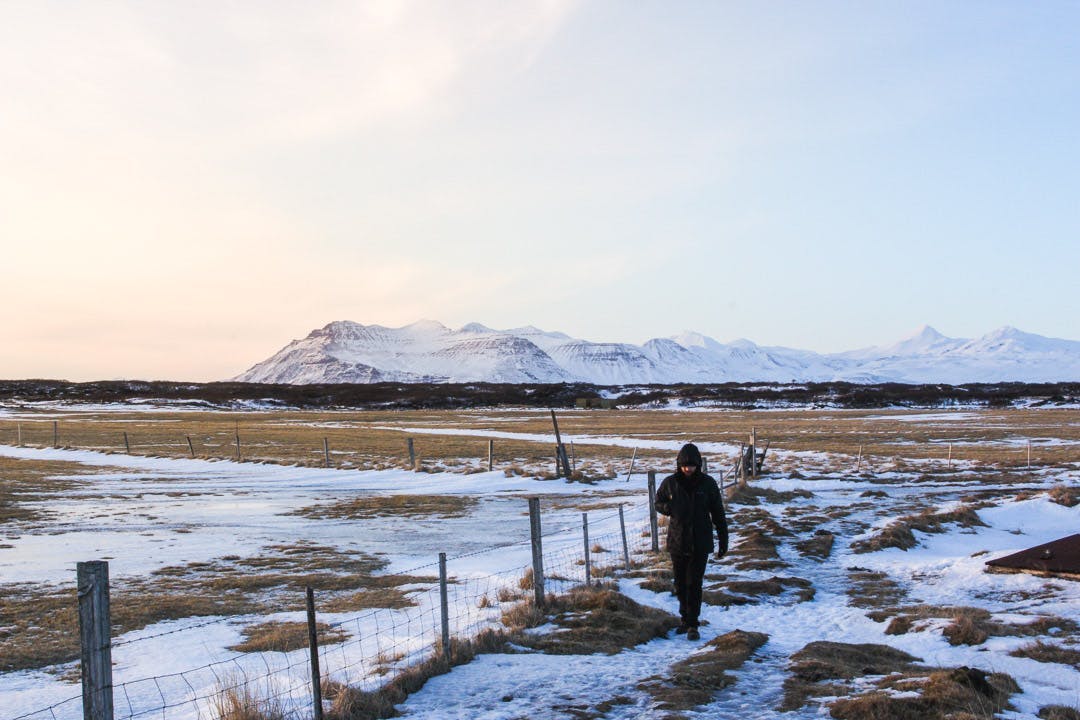 Photo by James Taylor/Wonderguide
Photo by James Taylor/Wonderguide
How Can I See the Northern Lights?
The northern lights are perhaps one of the biggest draws for a winter trip to Iceland. Dancing across the sky, daggers of green light punch through the darkness, waving and shimmering in one of the greatest natural shows on Earth. So how can you see the aurora borealis on your trip? There are a few things you can do to maximise your chances of catching the elusive lights.
Firstly, it’s true that you can see the lights when you’re in Reykjavik. If the conditions are right, they will light up the sky above Hallgrímskirkja, meaning that everyone in the streets will always be keeping their eyes to the sky.
But Reykjavik is often cloudy, so it’s always best to book a tour. The guides will study the aurora forecast closely and set out to the locations where chances are high. If the trip fails, they will often invite you out on another night free of charge or offer a full refund.
If you want to go it alone, always check out the weather beforehand and make sure to study the aurora forecast as well. Cold days usually lead to clearer nights, which means there’s always a higher chance of seeing the lights.
Read: The Best Time to see the Northern Lights
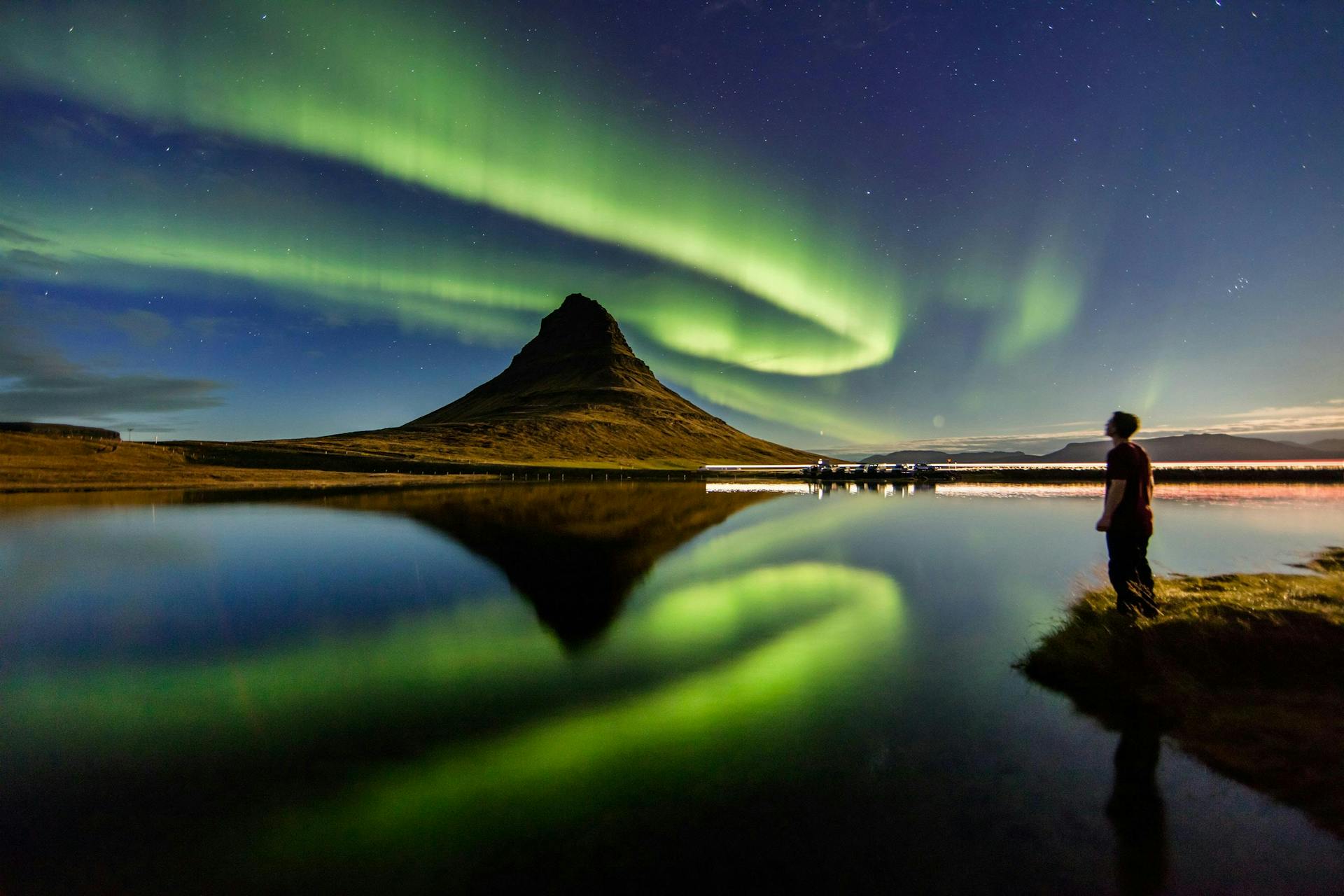 Photo: Unsplash.com
Photo: Unsplash.com
Sharing is caring!
